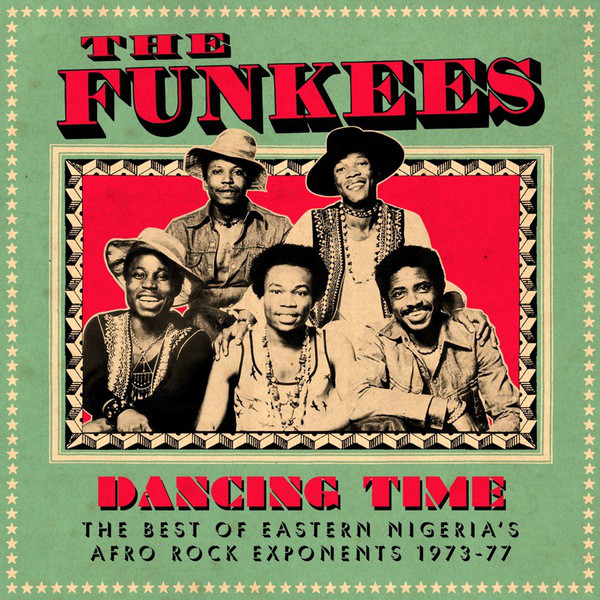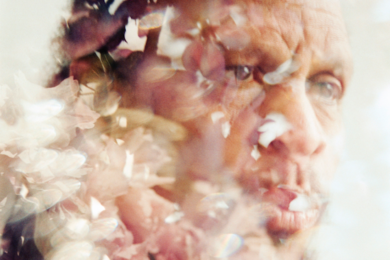7. The FunkeesDancing Time

For a group that wasn’t worldwide, The Funkees could have matched any big funk band at the time. They had fantastic vibes, their style was more percussive with lots of energy. Influenced by African sounds, The Funkees played lots of cross-rhythms, much more than we played in Western Funk. You never heard the congas played like Sonny Akpan and the Funkees did it! These Igbo root sounds and beats are so complex and they masterfully fused them with the organ. The Funkees play this fusion of inherited rhythms and the adopted sounds and were the band of the year at Ronnie Scott’s in 1975. Their music is just fire, and Sonny’s playing is the backbone to it.
This album includes an interview with my dear departed friend, conga drummer Sonny Akpan, one of the original members of the Funkees, extraordinary Afro Rock kings from Eastern Nigeria. I first met Sonny in Steel n’ Skin, the first Black group to be funded by the Arts Council. We were working in schools and in Black communities in Liverpool, especially through dance and drumming. Steel n’ Skin attracted the best of the best, musicians like Sonny Akpan and Emmanuel Tagoe, a master drummer from Ghana. They would all come to our cultural centre in Kilburn through word of mouth. We had huge jams exploring the different rhythms of Nyabinghi, Tokwe and Kpanlogo. Sonny played a big part in my music as Bravo-Bravo, recording on the album BEAT that was selected one of 2005’s top five African Albums by DJ Rita Rae. The rapid restructured grooves from Sonny on BEAT are warrior rhythms – fast moving, driving a direct link through from the Funkees to James Brown.
I was one of the last people to see Sonny alive as he was dying in a nursing home. It was something else to hold him and to watch the life drain from this unconscious brother who had been the dynamo of so much high-energy music. The original Funkees played Hi Life to entertain soldiers in the Biafran War, Sonny got shot and carried the bullet around in his leg for the rest of his life.


